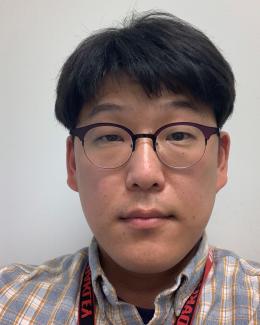Abstract
Powder spreading precedes creation of every new layer in powder bed additive manufacturing (AM). The powder spreading process can lead to powder layer defects such as porosity, poor surface roughness and particle segregation. Therefore, the creation of homogeneous layers is the first task for optimal part printing. Discrete element methods (DEM) powder spreading simulations are typically limited to a single layer and/or small number of particles. Therefore, results from such model configurations may not be generalized to multiple layer processes. In this study, a computationally efficient multi-layer powder spreading DEM simulation model is proposed. The model is calibrated experimentally using static Angle of Repose measurements. The adhesion model parameter, cohesive energy density is related to adhesive surface energy and strain energy release rate parameters. The model results show that interaction between particle and the powder spreading rake leads to noticeable variation in packing density, surface roughness, dynamic angle of repose (AOR), particle size distribution, and particle segregation. The powder model is experimentally validated using a recoater spreading rig to measure the dynamic AOR at spreading speeds consistent with recoating speeds and layer heights used in AM processes.



